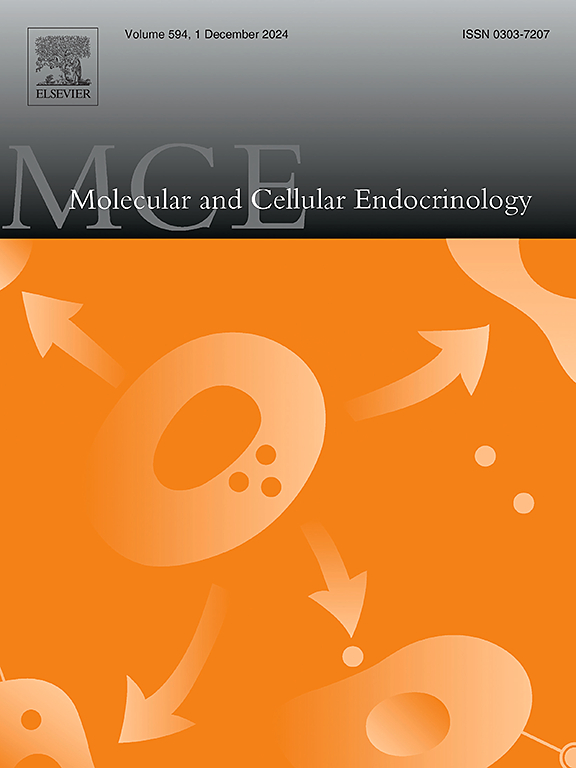双酚a及其类似物对精子多动、顶体反应、表观遗传谱和体外胚胎发育的影响
IF 3.6
3区 医学
Q2 CELL BIOLOGY
引用次数: 0
摘要
双酚类物质,尤其是双酚a,是一种普遍存在的环境污染物,已知会影响男性生殖健康。然而,它们对精子功能和随后的胚胎发育的具体影响仍未得到充分研究,特别是对BPA常用的替代品BPS和BPF的影响。本研究利用牛模型研究了精子直接暴露于BPA、BPS和BPF对受精能力和胚胎发育的影响,并将其应用于人类。精子样品在体外分别暴露于0.05 mg/mL双酚中。参数,包括多动和顶体反应,以及受精结果,如发育率和囊胚质量,在体外受精后进一步评估。还分析了精子和胚胎中的miRNA谱,以检测双酚暴露的潜在生物标志物。我们发现双酚a显著增加了精子的高活性,双酚a降低了顶体反应水平(p <;0.05)。暴露于bpa的精子产生的胚胎的卵裂率和囊胚率也显著降低(p <;0.05)。此外,双酚a、BPS和BPF处理的精子产生的囊胚细胞计数均显著降低,DNA断裂率显著增加(p <;0.05)。虽然没有观察到miRNA水平的统计学显著变化,但本研究强调了双酚类物质对牛精子和随后的胚胎发育的一些有害影响,对人类生殖健康具有潜在影响。本文章由计算机程序翻译,如有差异,请以英文原文为准。
Impact of BPA and its analogs on sperm hyperactivity, acrosome reaction, epigenetic profiles and in vitro embryo development
Bisphenols, particularly BPA, are ubiquitous environmental contaminants known to affect male reproductive health. However, their specific impacts on sperm function and subsequent embryo development remain understudied especially for BPA's commonly used replacements, BPS and BPF. This study investigated the effects of direct sperm exposure to BPA, BPS, and BPF on fertilization capacity and embryo development using a bovine model, as translational for humans. Sperm samples were exposed to 0.05 mg/mL of each bisphenol in vitro. Parameters, including hyperactivity and acrosome reaction, as well as fertilization outcomes, such as developmental rates and blastocyst quality, were further evaluated following IVF. miRNA profiles were also analyzed in sperm and embryos to detect potential biomarkers of bisphenol exposure. We found that BPF significantly increased sperm hyperactivity, and BPA decreased acrosome reaction levels (p < 0.05). Cleavage and blastocyst rates were also notably decreased in embryos derived from BPA-exposed sperm (p < 0.05). Furthermore, blastocysts produced from BPA, BPS and BPF treated sperm all had significantly lower cell counts and increased DNA fragmentation (p < 0.05). Although no statistically significant changes in miRNA levels were observed, this study highlights some of the detrimental effects of bisphenols on bovine sperm and subsequent embryo development, with potential implications for human reproductive health.
求助全文
通过发布文献求助,成功后即可免费获取论文全文。
去求助
来源期刊

Molecular and Cellular Endocrinology
医学-内分泌学与代谢
CiteScore
9.00
自引率
2.40%
发文量
174
审稿时长
42 days
期刊介绍:
Molecular and Cellular Endocrinology was established in 1974 to meet the demand for integrated publication on all aspects related to the genetic and biochemical effects, synthesis and secretions of extracellular signals (hormones, neurotransmitters, etc.) and to the understanding of cellular regulatory mechanisms involved in hormonal control.
 求助内容:
求助内容: 应助结果提醒方式:
应助结果提醒方式:


